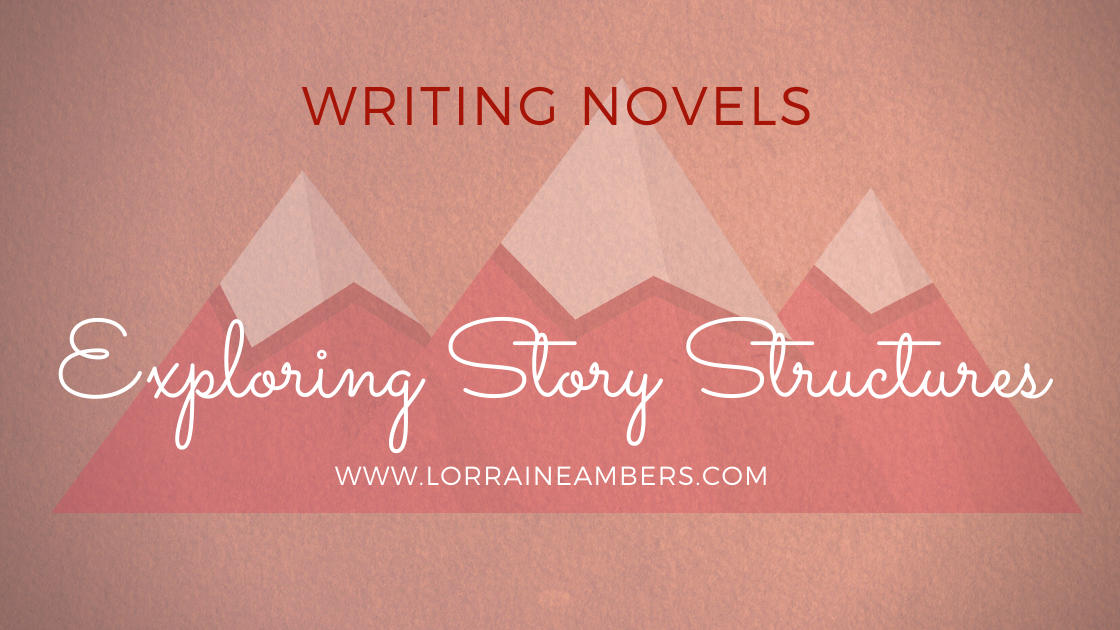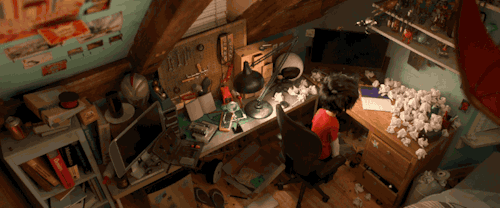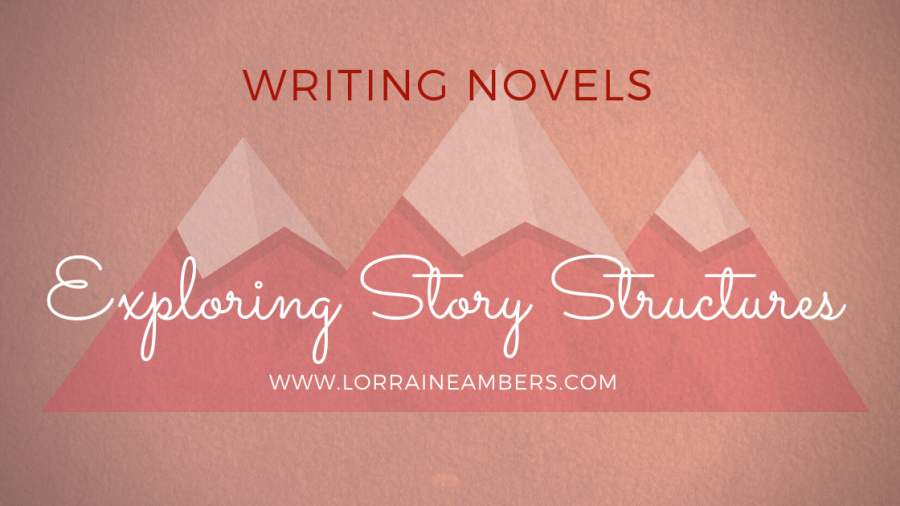I had a great question from a fellow blogger, asking for clarity on the different types of story structures. So I did a little research, and guess what… while there are slight differences, ultimately the three, four, and yes I found a five act story structure are all similar.
They all follow the same patterns, and they all fall into three sections: Protasis, Epitasis and Catastrophe. Don’t let those the phases intimidate you.

Here’s the basics, I’ll let you decide for yourself:
Three Act Story Structure:
- Opportunity – Start in the ordinary world, reveal Hero’s goals, until they’re called to action which introduces the stakes.
- Point of no return – The hero progresses, alternating between change and resistance; failure, plans, running, hiding, learning new skills to combat antagonistic forces. The hero tries to win. Complications emerge, raising the stakes, resulting in a false defeat or all hope is lost scenario.
- Climax – The hero embraces change, conquering their inner demon. They’ve glean the final piece of information, perfects their skills, and overcome all hurdles. Finally, they defeat the antagonistic force. We embrace them in their new world, fully transformed, with a sense of catharsis, or a release of tension.
Four Act Story Structure:
- The set up – Start in the ordinary world, reveal Hero’s goals, until they’re called to action which introduces the stakes.
- The response – The hero progresses, alternating between change and resistance, failure, plans, running, hiding and/ or learning new skills to combat antagonistic forces.
- The attack – The hero tries to win. Complications emerge, raising the stakes, resulting in a false defeat or all hope is lost scenario.
- The resolution – The hero embraces change, conquering their inner demon. They’ve glean the final piece of information, perfects their skills, and overcome all hurdles. Finally, they defeat the antagonistic force. We embrace them in their new world, fully transformed, with a sense of catharsis, or a release of tension.

Five Act Story Structure:
- Exposition – Start in the ordinary world, reveal hero’s goals.
- Rising Action – Hero is called to action which introduces the stakes. The hero progresses, alternating between change and resistance; failure, plans, running, hiding and/ or learning new skills to combat antagonistic forces.
- Climax – The hero tries to win. Complications emerge, raising the stakes, resulting in a false defeat or all hope is lost scenario.
- Falling Action – The hero embraces change, conquering their inner demon. They’ve glean the final piece of information, perfects their skills, and overcome all hurdles. Finally, they defeat the antagonistic force.
- Denouement – We embrace them in their new world, fully transformed, with a sense of catharsis, or a release of tension.
Of course there are different ways to structure a novel that don’t follow the Protasis Epitasis, Catastrophe arc. Check out Four Way to Structure Your Novel where I explore other ways to structure your novel.
A great resource for structuring your novel is: Save the Cat! Writes a Novel: The Last Book On Novel Writing That You’ll Ever Need
What’s your favourite story structure? And do you agree, or disagree with my analysis of the three, four and five acts. Share your opinions with me, we can learn new things by sharing information. You know I love hearing from you.
Thanks for stopping by, until next time, Much Love.



Story telling definitely follows a flow, like the beginning and rising of a song… And it never gets old! The hero’s journey, for instance, can be told a million ways 🙂
I like to use the 4-part structure because I have always struggled with the 2nd act. But when the 2nd act is split between “reaction/action,” then it gets much more organized on mind and paper.
Great post! Have a wonderful weekend!
LikeLiked by 1 person
Yes, beautifully explained. Thanks for commenting
LikeLiked by 1 person
Love these, Rainy! I find all of these so helpful, especially when struggling to move my plot forward ❤ x
LikeLiked by 2 people
Thanks, Meelie. X
LikeLike
I really liked this post! I’ve never heard of five act structure before so that was super interesting. I use four act structure, so when people talk about three act structure, I still think about four act structure and just lump act II and act III together, if that makes sense! Loved the way you laid this all out. 😊
LikeLiked by 2 people
That makes perfect sense. And the five act is pretty much the four act stretched out.
Thanks for commenting
LikeLiked by 1 person
Without realizing I’m doing it I think my work falls into the four act story structure. It’s amazing what we learn about ourselves, isn’t it.
LikeLiked by 2 people
It really is amazing what we learn about ourselves. 😁
LikeLiked by 1 person
Great post! With my last novel I was aiming for a 3 part structure and ended up having to make it a 5. Thankfully, i think it fits your outline. Will share this post!
LikeLiked by 1 person
Thanks Lynn, I’m glad you enjoyed the post.
LikeLiked by 1 person
Excellent way of laying out what makes a story tick and keep it engaging for the reader. Brilliant advice for keeping your outline on track!
LikeLiked by 1 person
Thanks Tom. 😊
LikeLiked by 1 person
I think it depends on the genre I’m writing. My historical fiction seems to be five part structure as quite large in scope. Whereas my crime is four part as more self contained.
LikeLiked by 1 person
That’s a great idea, using different structures based on genre.
LikeLike
Pingback: Tell Again Tuesday Writing Novels | C.D. Hersh
Thanks for sharing
LikeLike
Pingback: How to Revise your Manuscript Using a Reverse Outline – Lorraine Ambers